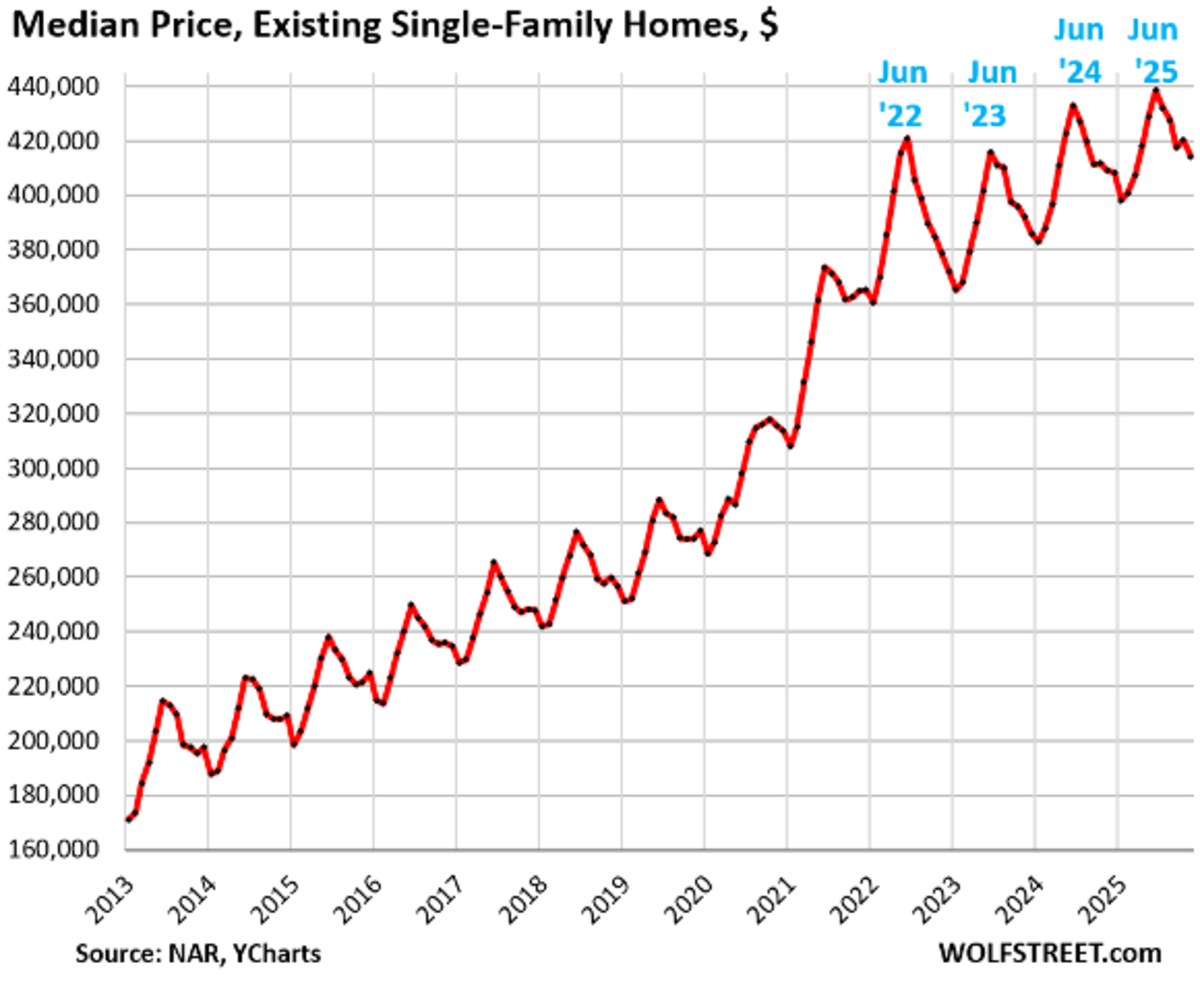(c) by Mark Dempsey
Most of the big problems we face today are systemic. Climate certainly qualifies, although crime, education, poverty, inequality, health care, and immigration all have large systemic components. The solutions to systemic problems are not available to individuals, and the sabotage of government--the means to address systemic problems--only makes the problems worse.
What do systemic problems look like? Imagine throwing nine bones out your back door, then releasing ten dogs to retrieve a bone. One dog will come up short. The system makes the outcome inevitable, no matter how good that tenth dog is.
The political right reduces every problem to individual responsibility and advocates punishing that tenth dog. That does nothing to solve the problem, but it has produced some winners. The real median for the bottom 90% of incomes has increased by only $59 since 1972. If that were an inch on a bar graph, the bar for the top 10% would be 141 feet high. The bar for the top 0.1% would be five miles high.
The solutions to systemic problems are often indirect, too, so it's easy for political opportunists to deceive the population. For example, the U.S. is the world leader in caging people. With five percent of the world's population, the U.S. incarcerates 25% of the world's prisoners. That's five times the world's per-capita average, seven times more than Canada's rate.
So...is Canadian crime worse than U.S. crime? No, it's insignificantly different, and Canada's age demographics are identical to the U.S., so we can't blame youthful criminals in the States. In both countries, aging populations mean crime is on a long-term decline--not because of the high U.S. incarceration rate.
One other thing distinguishes Canada from the U.S. There are roughly a half million medical bankruptcies in the U.S. every year. In Canada there are none, and healthcare is half as expensive. No Canadian needs to start cooking meth to pay his spouse's hospital bills (the plot of Netflix's Breaking Bad).
Putting people in a system producing desperate situations leads to crime. "If throwing money at police and prisons made us safer, we would probably already be the safest country in the history of the world. We are not, because insufficient punishment is not the root cause of violence. And if people are talking about how tough they are and how scared you should be, they care more about keeping you scared than keeping you safe...
"In Denver, a five-year randomized control trial of a program that provides housing subsidies to those at risk of being unhoused found a 40 percent reduction in arrests among participants. These kinds of results are why localities from New Jersey to New Mexico are restructuring their local governments to invest in the social determinants of health and safety...
"If you want policies that actually work, you have to change the political conversation from 'tough candidates punishing bad people' to 'strong communities keeping everyone safe.' Candidates who care about solving a problem pay attention to what caused it. Imagine a plumber who tells you to get more absorbent flooring but does not look for the leak." (from "The Root Cause of Violent Crime Is Not What We Think It Is," NY Times)
The Supervisors who voted for the $450m bigger County jail are asking us to get "more absorbent flooring." Supervisor Frost's newsletter portrays this decision as "Build a bigger jail" vs. "Let everyone go," but it's not so. There are alternatives, as other governments have found, but Sacramento County believes more punishment is the answer.
For a little perspective, the U.S. population increased by 42% between 1982 and 2017. Money spent on policing and incarceration increased by 187% during that same period. It's the definition of insanity: repeating the non-solution but expecting a different outcome.
"The first principle is that you must not fool yourself and you are the easiest person to fool." - Richard Feynman
"You Yanks don't consult the wisdom of democracy; you enable mobs." - Australian planner
Subscribe to:
Post Comments (Atom)
Homelessness Isn’t Caused by a Housing Shortage—It’s Caused by Low Wages and High Rents
From LA Progressive (Platkin is always a good read): Why Vacant Homes, Flat Incomes, and Political Deference to Landlords Are Driving Overc...

-
Here's a detailed explanation by a Modern Monetary Theory founder, Stephanie Kelton. The bottom line: Social Security's enabling l...
-
Hey! It's for profit, so everything must be working as designed! What concerns me more than the height of peaks at this new point in SA...
-
“Only puny secrets need protection. Big discoveries are protected by public incredulity.” - Marshall McCluhan Although many people ...
No comments:
Post a Comment
One of the objects if this blog is to elevate civil discourse. Please do your part by presenting arguments rather than attacks or unfounded accusations.